
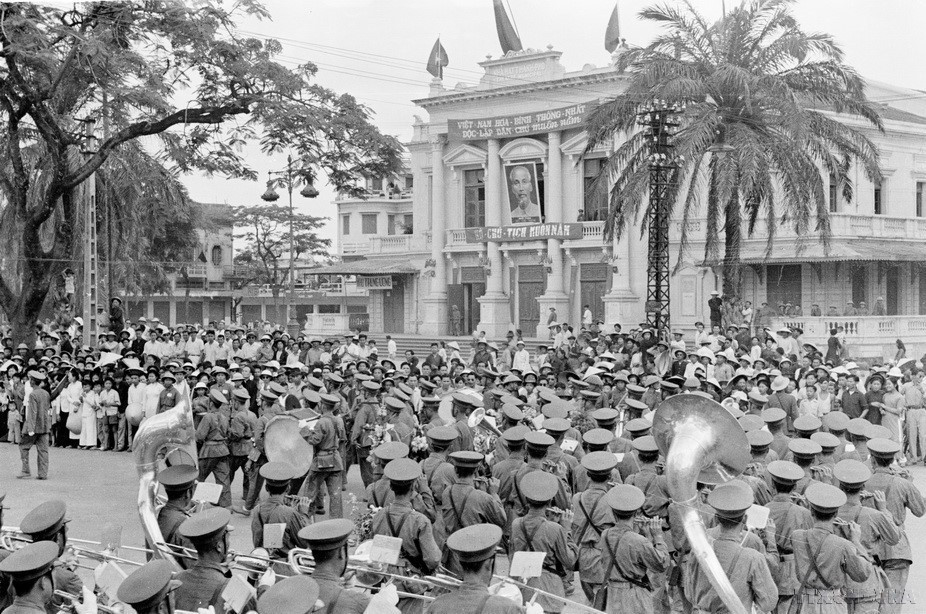


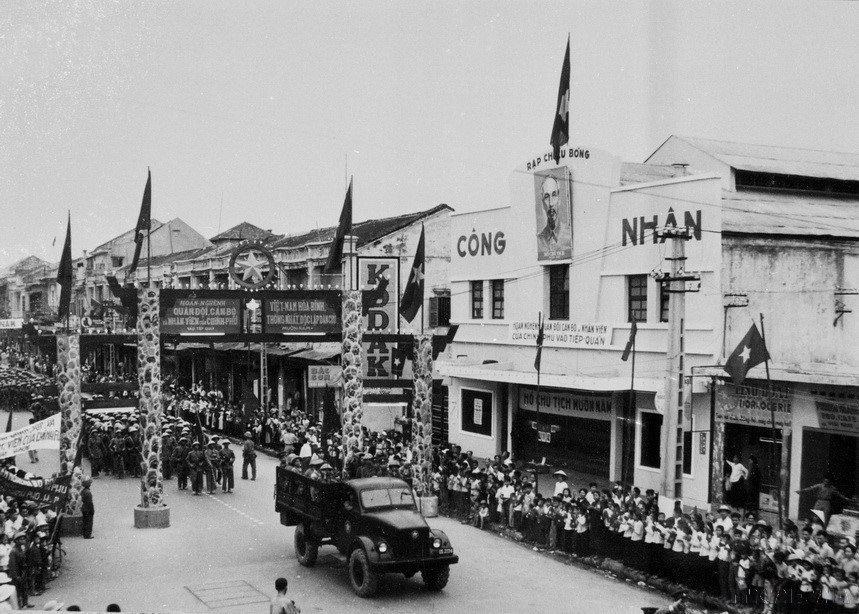
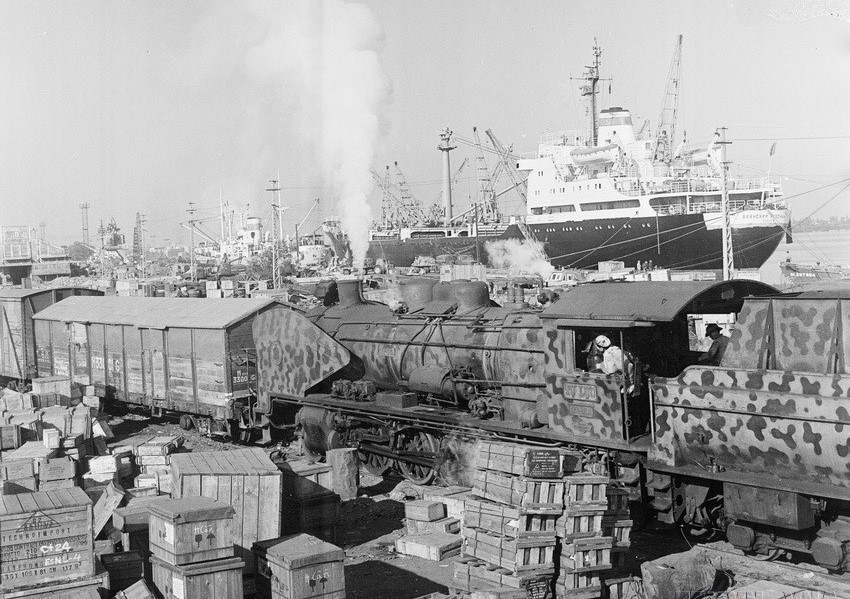

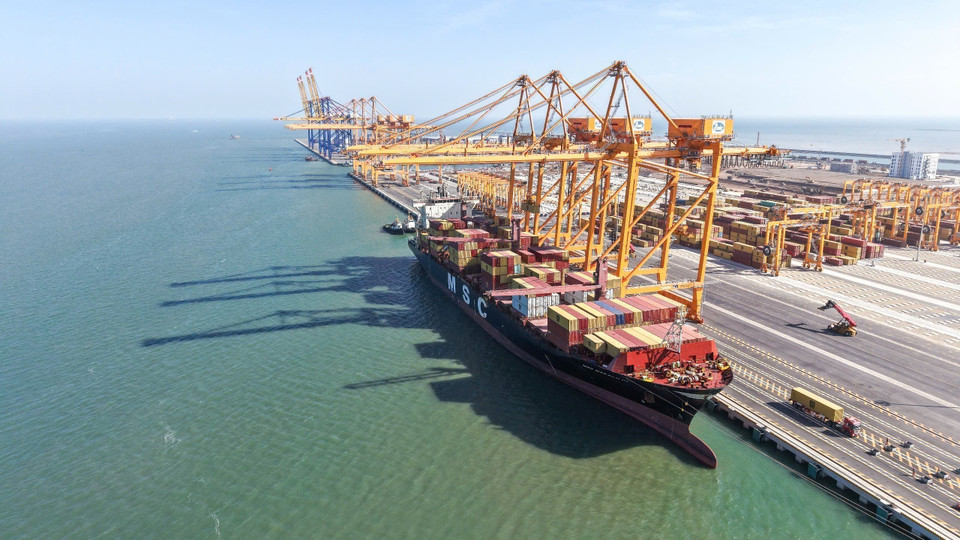





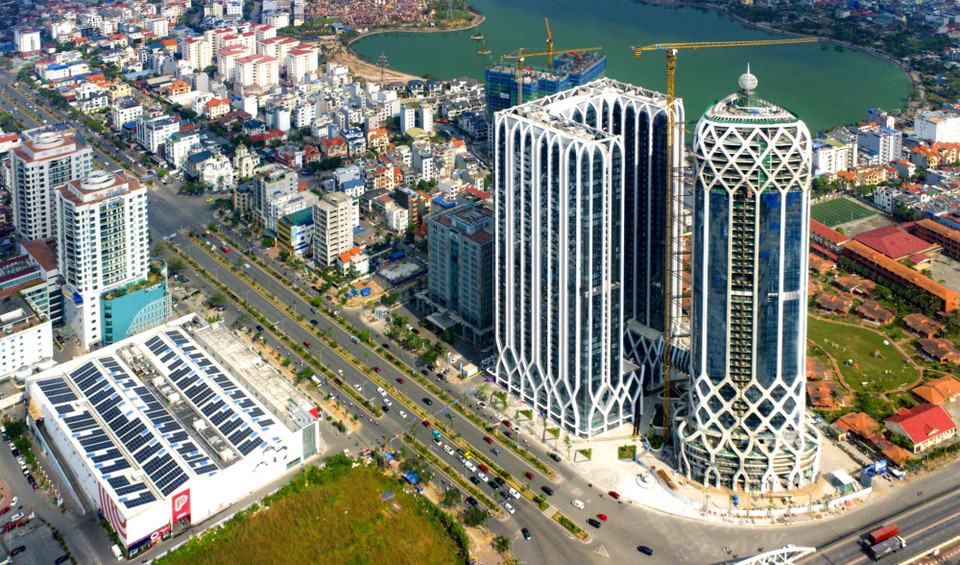
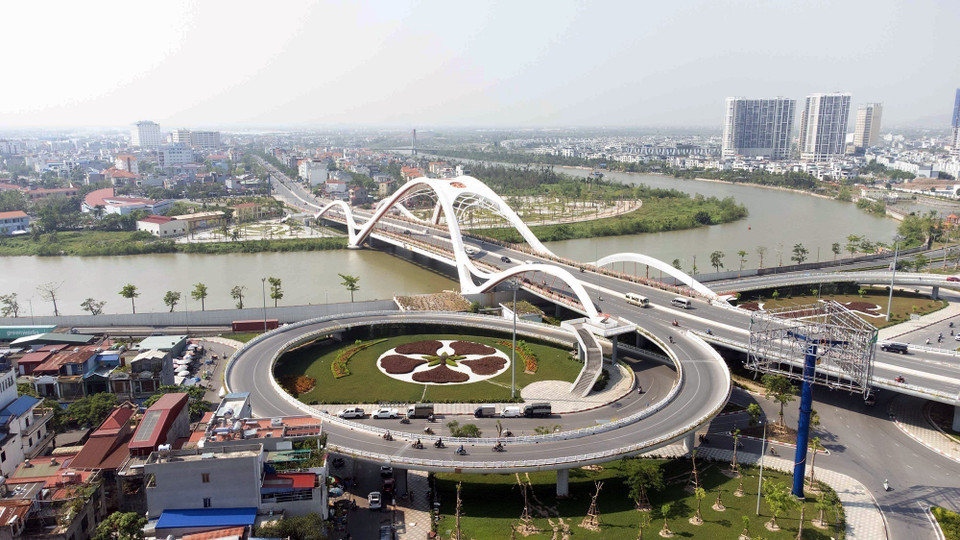

Hai Phong – Seven decades on from liberation, a city on the rise
On 13 May 1955, Hai Phong was officially liberated, marking a major milestone in the resistance against French colonial rule and the beginning of the reconstruction of northern Vietnam. Over the past seven decades, the heroic port city has continually risen, becoming one of the country’s key economic drivers and taking on the shape of a modern, dynamic urban hub. Hai Phong is now undergoing a strong transformation, striving to become a regional-level city and an international logistics centre.




































